Aperture Priority Mode – When and Where to Use It
Deciding on which aperture creates confusion for even experienced photographers. The more I learn about it, the more questions I have. The simplest explanation is aperture determines how much of an image is focus, and the easiest way to master is with aperture priority mode.
I already wrote in detail on bokeh, here (the blurred background effect). Instead of teaching a specific technique, this article helps train your eye to identify the best aperture for your photography.
What is Aperture?
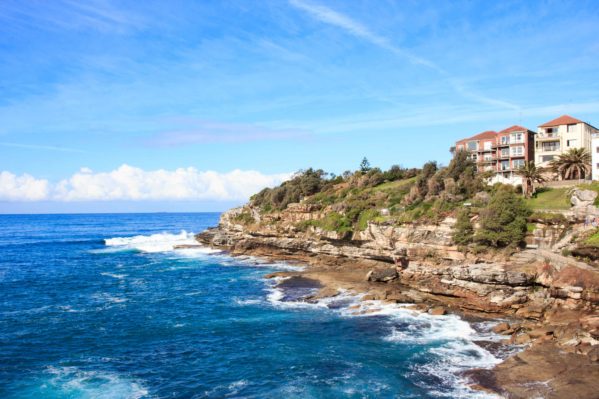
Sunny beach day: 16
The three variables that drive your image exposure and sharpness are ISO, aperture, and shutter speed. I covered choosing ISO here, and shutter speed is next week’s post. When starting out, I recommend cycling through the automatic modes on the camera to focus in on adjusting only one of the three.
Shooting in aperture priority mode will allow you to get a feel for how your camera process images at different f/stops. The f/stop is a measurement of light to the camera sensor, and the size of the opening when the shutter closes determines the number. The smaller number selected creates a shallower area in focus, and a larger number indicates that more of the image will be in focus.
For example, stand on one end of a soccer field, directly in front of the goal. Then, face the opposite goal, and place your focus point on the goal post, and take a few pictures at different apertures. With a small number like 1.4 the goal will be in focus, but the area in front of, and behind, will be out of focus. As you change the aperture, moving towards the opposite end of the lens’ range, there is more detail in the area in front of and behind the goal.
Which aperture to use?
The appropriate aperture for a photo is largely a matter of personal preference and style. However, as a general rule of thumb for portraits you select a smaller number on the camera, and for landscapes you choose a larger number. The smaller number separates the subject from the background which draws attention towards the subject instead of a distracting background. On the other hand, for a landscape photo you want as much of the scene in focus as possible. The distance between the subject and background, combined with the distance between the camera and subject determine the ideal aperture.
 Macro food shot: 2.8
Macro food shot: 2.8
A good starting point is the following:
- f/ 2 – Portrait of one or people standing in a row, the same distance from your lens, macro shots (including food)
- f/ 4 – Portrait of a group in 2 to 3 rows
- f/ 8 – Animals, landscapes, and large groups
- f/10 – Animals, landscapes, and large groups
- f/16 – Bright sunny days!!! (This is the sunny 16 rule: set your ISO and shutter speed to the same number during the brightest part of the day, and f/ 16 should produce the right exposure.)
- f/22 – 32 – Use this when you want to blur motion, like in a waterfall.

Portrait: 1.4
What do people mean when they mention the sweet spot?
Generally, lenses have an aperture or small range of apertures where the image quality is the sharpest for the in-focus section of the photograph. This aperture is the sweet spot. It varies from lens to lens, but it is usually somewhere between f/ 5.6 and f/ 10, depending on the lens. If the lens aperture goes to f/ 1.4, then it is between f/2.8 and f/ 5.6, and if the lens only goes to f/ 2.8 then it will be between f/ 5.6 and f/ 8. For a lens that stops at f/ 3.5, the sweet spot is somewhere in the f/ 8 to f/11 range.
While this is useful information, don’t let it supersede your style preferences. Modern cameras take incredible photos, and this level of detail only impacts supersize prints. If you are making billboards, do some more reading; otherwise, just have fun!
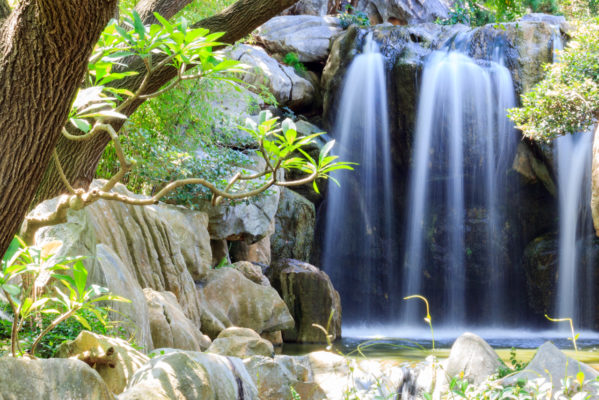
Long exposure waterfall: f/ 22
Why I recommend aperture priority mode
Photography truly is a blend of art and science. Once you understand the basics of composition, the artistic elements outweigh the technical details.
Shooting in aperture priority allows you to focus on the artistic elements without worrying too much about the technical side. The only setting you adjust in aperture priority is the aperture itself. The camera then sets the ISO and shutter speed automatically.
The more you shoot in aperture priority, the more you will learn how aperture affects your photos. Especially, if you make the time to take the same photo at multiple apertures. Reviewing the images will help you learn the aperture you like us for different scenes and compositions.
How to use aperture priority mode
Setting your camera to aperture priority mode varies slightly with the different manufacturers. Nikon labels it “A” on the mode selection dial. On the other hand, Canon labels it AV. Then, just for fun, the Fujifilm X-T2 has no shooting mode dial. For the X-T2, set the desired aperture, and set the ISO and shutter speed dials to “A.” Our Fuji XF-16mm has an aperture ring, which we use to set the aperture. However, for some lenses without an aperture ring, the setting is available through the camera menus.
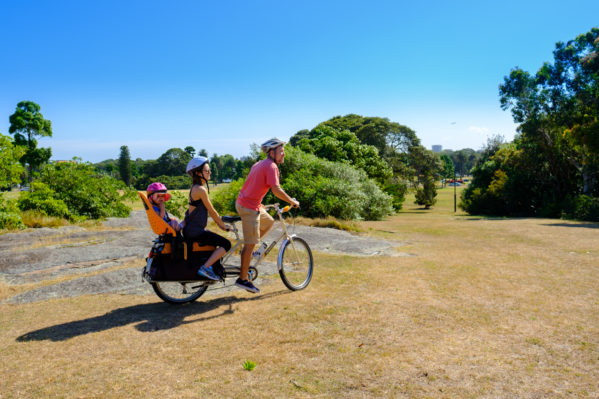
Small group portrait: 5.6
Wrap-up
Shooting in aperture priority mode is a great way to accelerate your learning. Rather than struggling to manage 3 different variables, ISO, Shutter, and Aperture, it allows you simplify. Focusing on them one at a time, shortens the learning curve considerably. Head out to your local park, and practice taking photos. Try photographing the same object from three different locations, and in each spot use the same 3 apertures. Then pick your favorite, and share it on our Facebook page, with a description of why you chose that aperture.

Cloudy beach day: 10
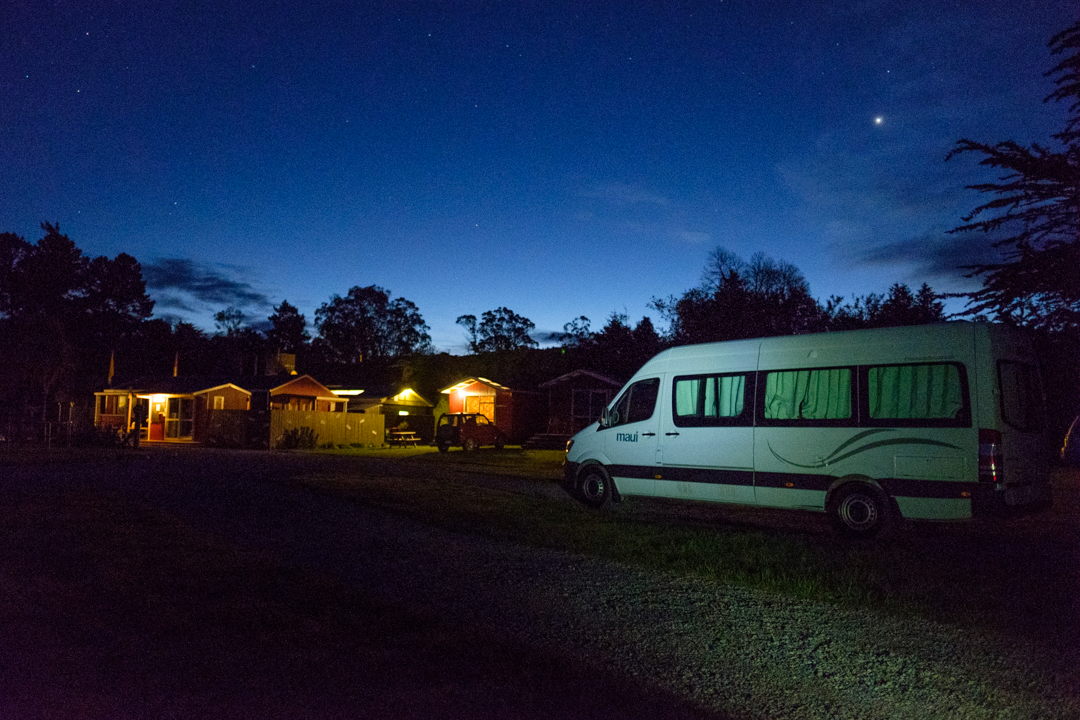
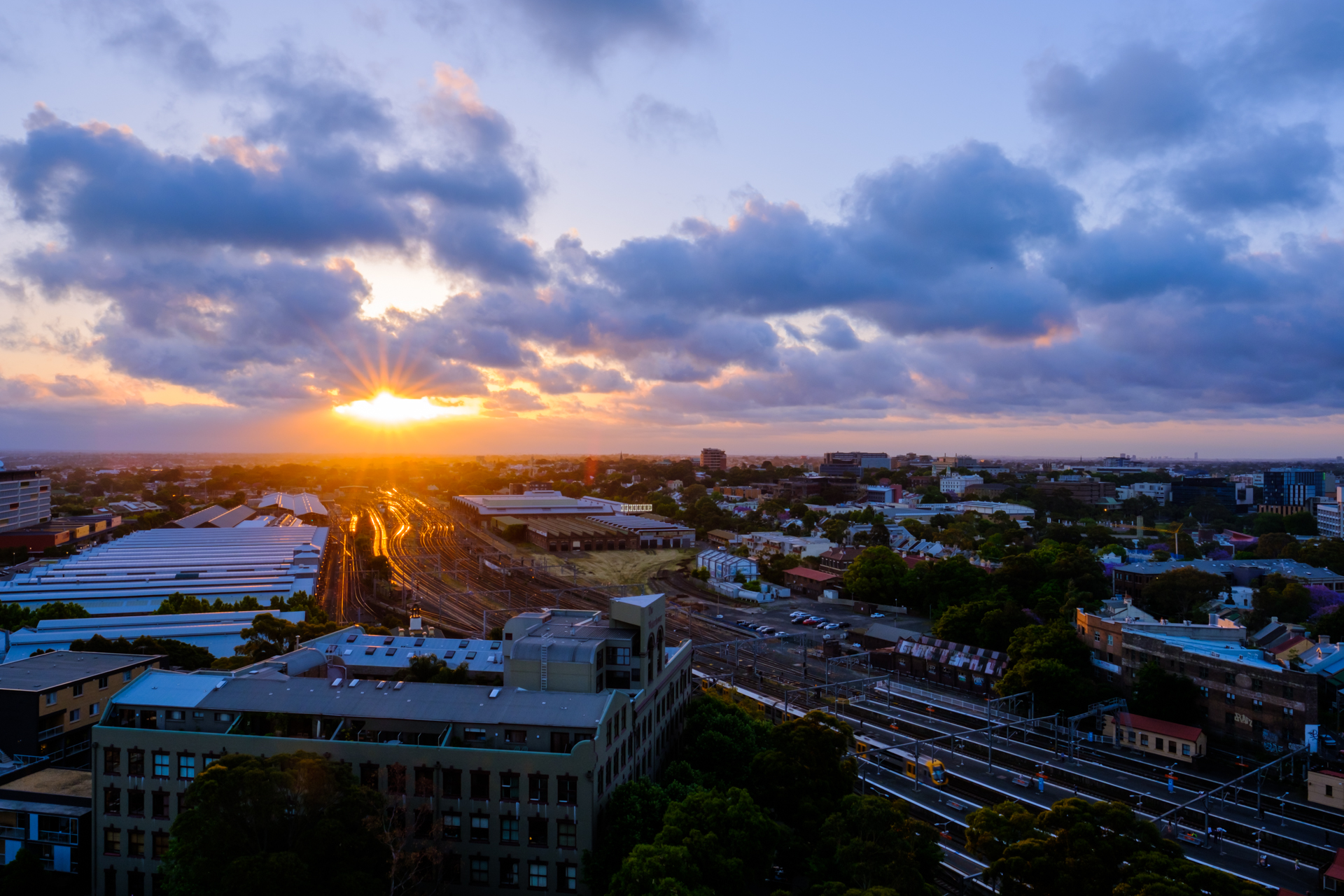

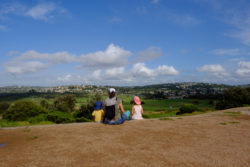
Great breakdown. Can’t wait to get out my Nikon later today now and play. The article has good presentation and layout too.
Thanks Justin! Let us know how it goes 🙂